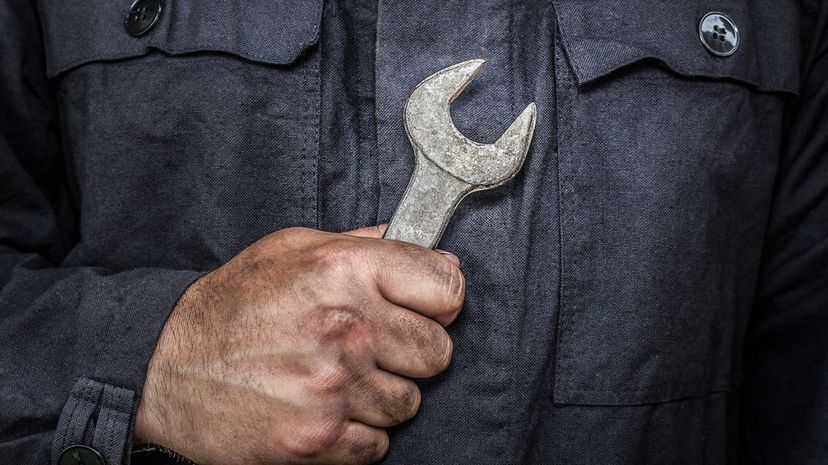
About This Quiz
As far as trades go, mechanics aren't as old as many of the other ones. Carpenters have been around for thousands of years building furniture and homes out of wood, plumbers have a long history as well, and Mesopotamians had clay water pipes in the year 4,000 BC! Even electricians have a couple of hundred years under their belts. But auto mechanics only go back as far as automobiles, and those aren't very old, relatively speaking.Â
Despite the fact the trade is young in the grand scheme of things, they sure have developed a massive number of specialized tools and adapted other, older ones to the task at hand. Every job you can imagine has a tool to handle it, from a magnet grabber to help you snag a screw that drifted away, to the OBD2 scanner that will help you diagnose serious internal issues by interfacing with your car's computer.Â
Before anyone can use all the tools in a shop, they need to know what they are and what they do. That's what we're here for right now! If you have a real auto shop expertise and think you can ID all the tools you're going to run across in a garage, then take the quiz and show us what you've got!
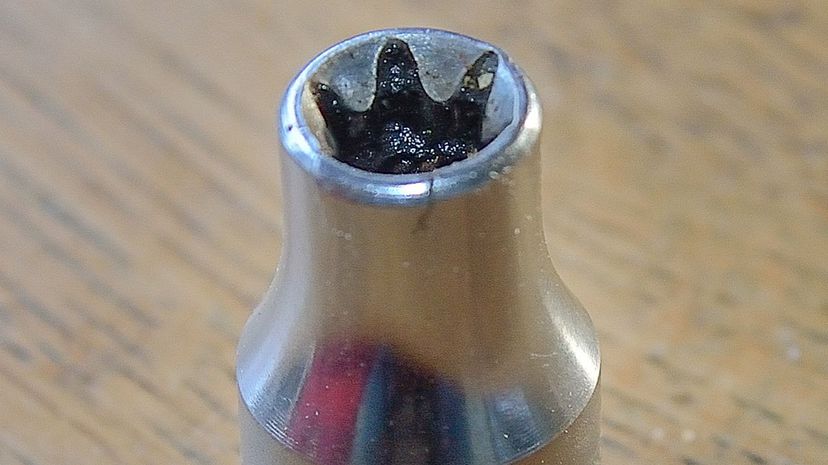
A Torx wrench or a Torx bit is in the shape of a six-pointed star. Some people will refer to it as a star-head screwdriver or a star bit. Torx is actually a trademarked name, while the generic shape is called hexalobular internal.
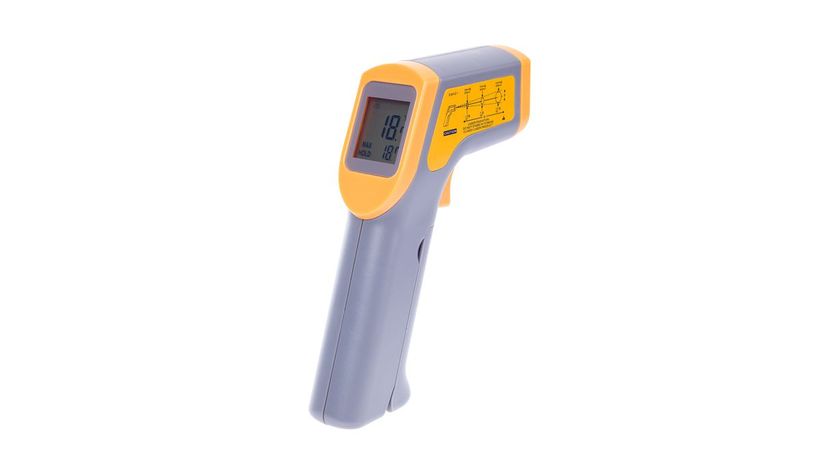
If a car is overheating or not cooling properly, a laser thermometer can take precision temperature readings quickly and almost anywhere. You can use it to track a temperature variance back to its source and figure out what's wrong.

Your average car has motor oil and washer fluid and anti-freeze that need to be changed or topped up regularly. A funnel ensures no mess occurs when that's happening because spilled oil, for instance, can burn and cause some serious issues in your engine.
Advertisement

An impact wrench is what you need when torque is important, and your arms can't do the trick. Most shops use ones that run on compressed air since many tools in a shop do, but you can also get electric and hydraulic versions as well.

OBD2 stands for onboard diagnostics II, and it's a system that pretty much every car made after 1996 is equipped with. When a dash light comes on to warn you of a problem, an ODB2 scanner can determine exactly why that light came on and what you need to do about it.
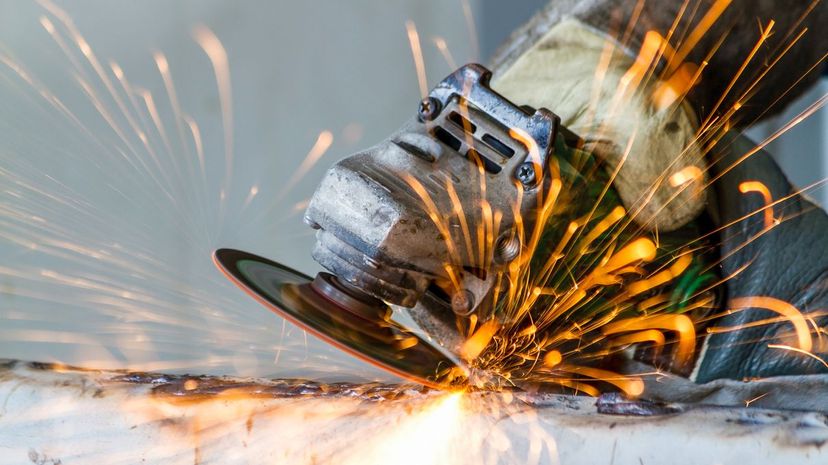
An angle grinder is a serious tool for serious work and can be used to cut off rusted bolts or through sheet metal in a punch. As a power tool, they're not very old devices, and the earliest ones date back to 1954.
Advertisement
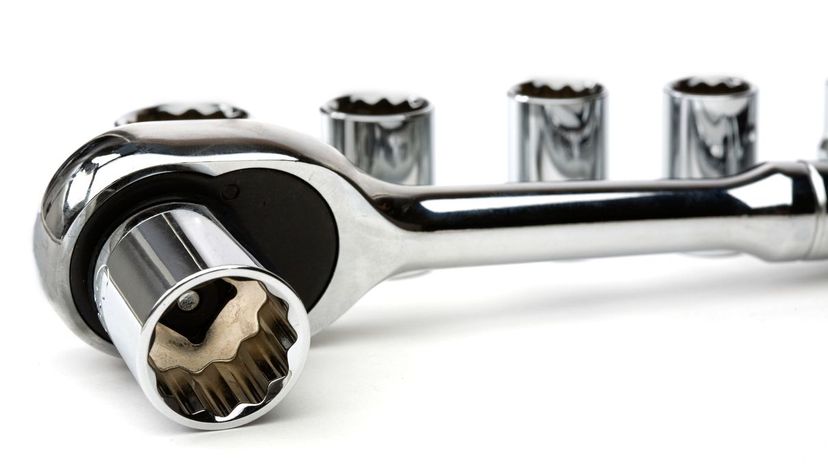
A set of socket wrenches are pretty integral for any automotive work. For the most part, people call these ratchets since the majority of them operate with a ratcheting action, although they don't necessarily have to do so.
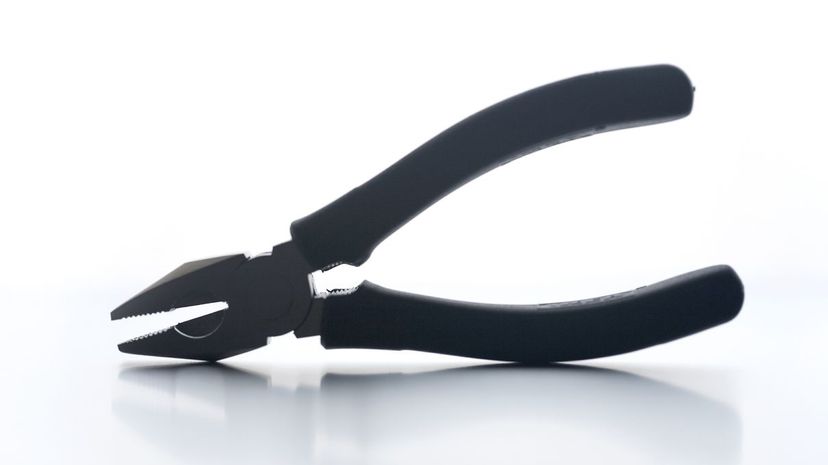
Pliers are one of those multi-functional tools that can have any number of uses. They're such a basic tool that we can't really say for sure when or where they were invented other than that they're extremely old.
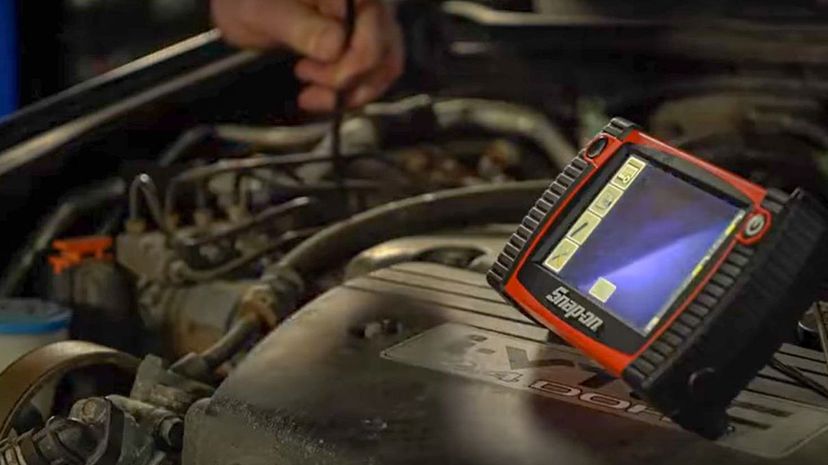
A videoscope is a handy tool for diagnosing issues in hard to reach areas. Back in the day, a mirror on a stick was used to look around, but this is much easier to use and also more versatile for finding whatever you're looking for.
Advertisement
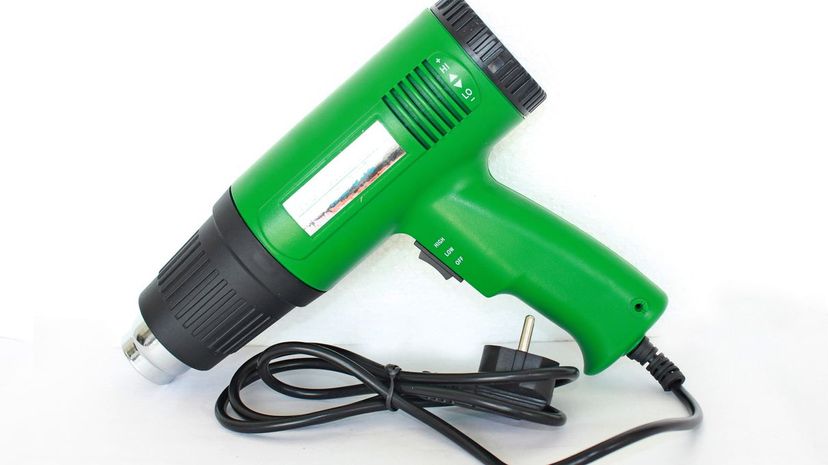
A heat gun looks a lot like a hairdryer, and in a lot of ways, it's a very similar tool. It blows heat which, in an automotive context, is necessary for doing things like applying tint on a window or a wrap on a vehicle.

A jump starter is the evolution of jumper cables. Instead of needing another car handy, and in cases where the cables won't reach, a jump starter can give your car the boost it needs or charge other electronic devices as well.

An LED bar lamp fits under the hood of a car to light up the engine for work. Older lights had to hook under the hood, but newer ones tend to be magnetic to hold them in place wherever you need the light to go.
Advertisement
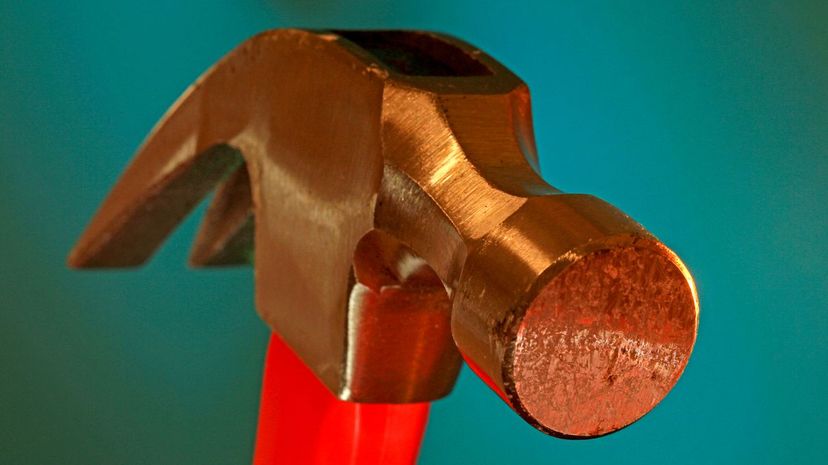
Hammers aren't just for carpenters! A good hammer can help get a ball-joint moving or take some stubborn brakes apart. According to research at Stony Brook University, the earliest hammers date back 3.3 million years.

If you turn the key and your engine doesn't start, then you'll want to test your spark plugs to see if they're actually producing a spark at all. The spark tester does that for you. Once you rule them out as a possibility, you can move on to something else, if need be.
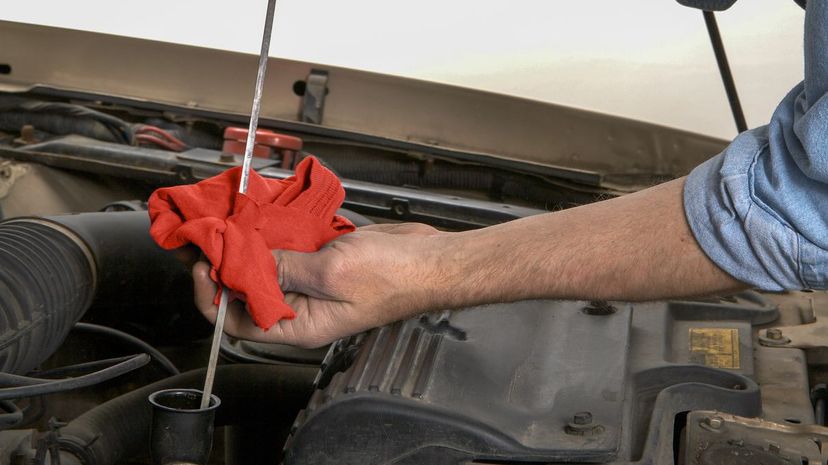
A shop rag may not seem like an essential tool in any shop, but it really is. Consider how much grease you're dealing with working around cars; having something to wipe all of that up and keep things clean, which is therefore safe, is very important.
Advertisement
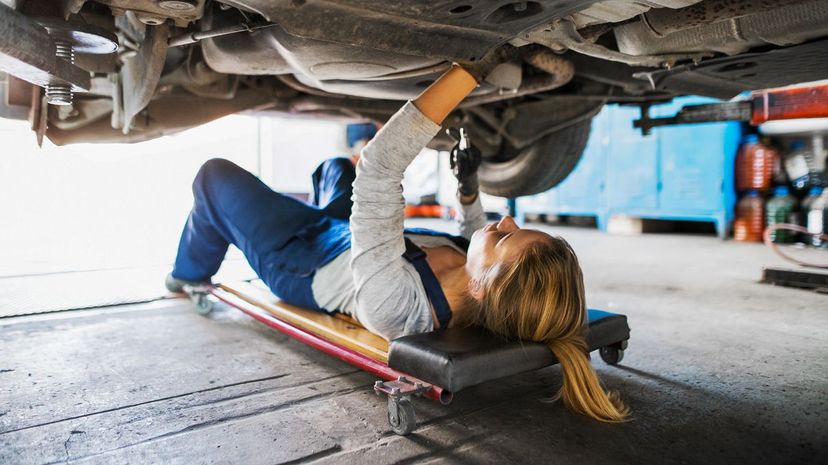
A creeper is a fundamental and simple device that is basically a flat board on wheels. In their original form, this is all that they were, simple tools designed to help a mechanic slide in and out under a car more smoothly and without getting greasy.
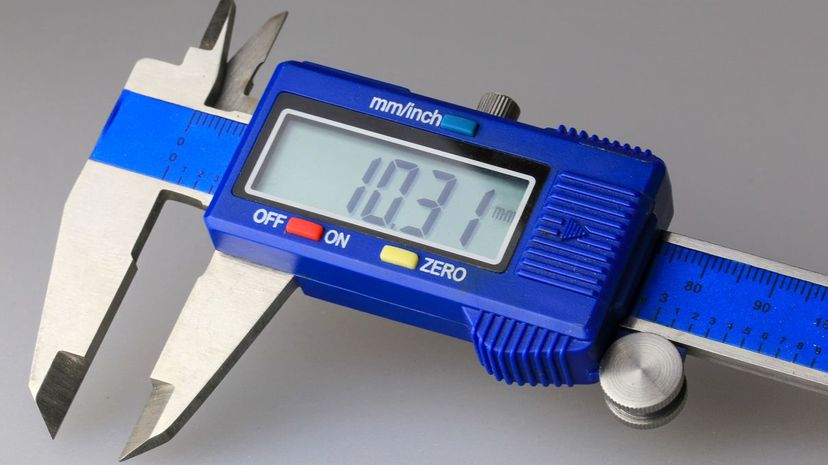
Digital calipers are like a remarkably precise digital ruler. They can measure distances down to an extremely small number, which is essential for properly aligning everything in an engine in which space is limited and things rubbing together could be disastrous.

Screwdrivers were invented in the 15th century somewhere in Europe though it's hard to say for sure where and when exactly. A book written in the late 1400s called "Housebook of Wolfegg Castle" is the first known reference to a screwdriver.
Advertisement

A multimeter is pretty essential for checking the electrical systems in your car to diagnose any shorts or trouble spots. The meter measures resistance, voltage and amperage if you get a good quality one.
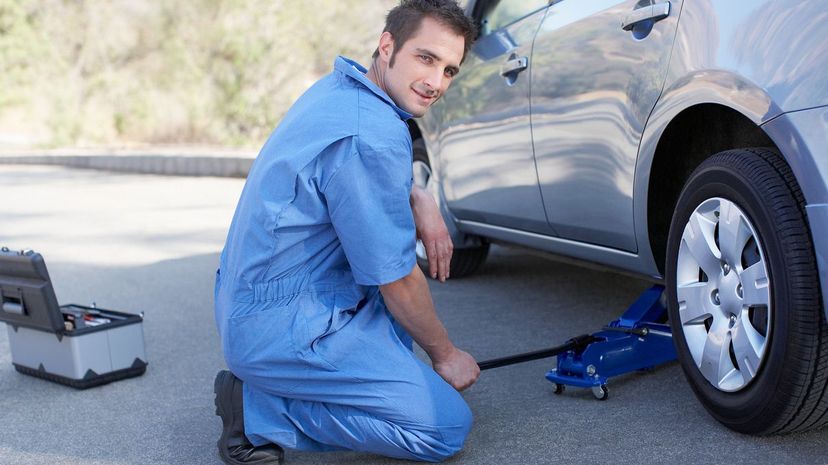
Believe it or not, but a jack and the name Jack come from the same place. Jack, as a person's name, came about a term to refer to just a random dude of no particular social status. A jack, in the mechanical sense, was a machine that could stand-in for any random dude. So they're both called Jack.

Oil filter wrenches are obviously pretty specialized but also incredibly necessary. You can take off an oil filter with another tool but risk damaging it. The oil filter wrench is just the fastest and easiest way to do it!
Advertisement

Allen bolts are used pretty much everywhere for everything these days, well beyond the world of automotive. They're also located in obscure places constantly, so a set of hex wrenches is more useful than a simple hex head on a screwdriver, to allow you to reach at odd angles to remove the bolt.

A wrecking bar is useful for much more than just wrecking things. Also known as a pry bar, it's handy for prying trim and panels away from the frame, separating ball joints that have become stuck together, and pretty much anything else that requires a little leverage to move.

The idea for headlamps seems to have come from the mining industry where, back in the day, they would affix little lanterns with a flame to a helmet to wear into the darkness of a mine. Modern ones with LED lights are much less dangerous and handy for looking under cars or into the dark depths of an engine.
Advertisement
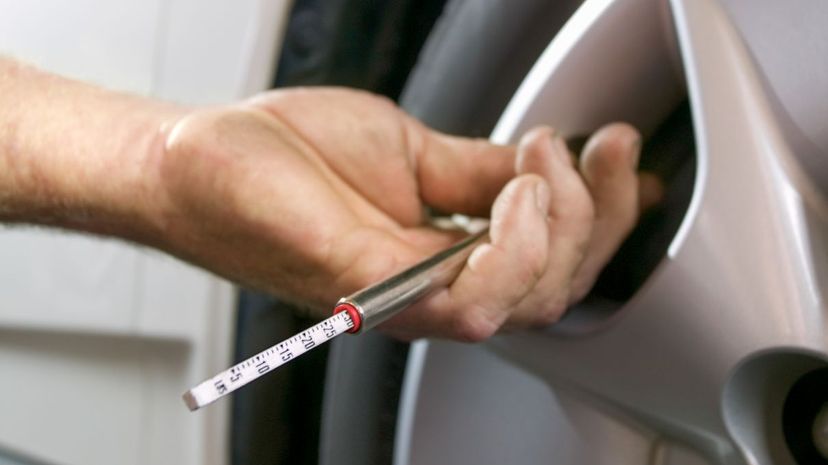
Usually about the size of a pen, a tire pressure gauge is a handy and simple tool that lets you see the air pressure in a tire. Most modern cars can monitor this electronically and tell you the pressure on your dash display, making these tools less useful these days.

There are two pretty reliable ways to jumpstart a dead battery. One is a portable jump starter, and the other is jumper cables. On TV shows people get a jump, and it takes just a second, then they're off and running. That will not charge your battery. You should keep cables attached for several minutes at the very least.
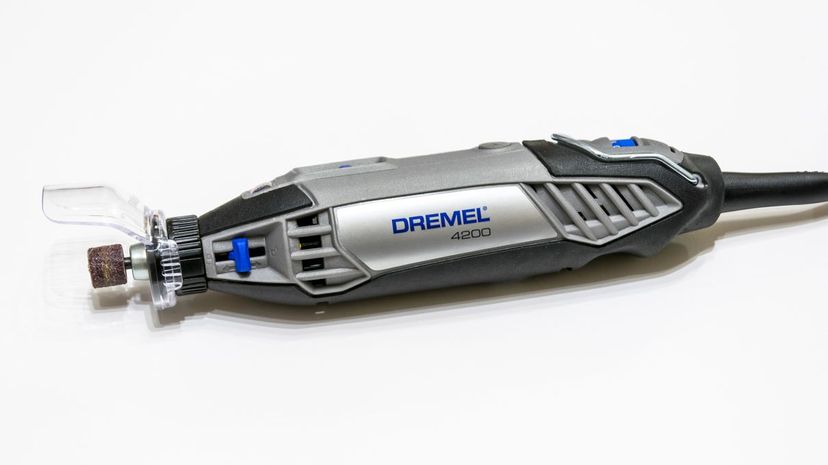
Rotary tools, which most people will just refer to as a Dremel even though that's a brand name, are useful all over the shop from cutting through rusted bolts to polishing them clean and to grinding rust off of edges and corners.
Advertisement

A good cordless drill will have a ton of uses in any shop, from removing screws in door panels to standing in for an impact wrench in a pinch. Rotary hand tools that served as primitive drills are some of the oldest tools in human existence, next to basic cutting or hammering tools.

Wire terminals, or wire crimp terminals, are solderless connections for wires that hold them in place and also connect them to maintain a proper connection. Of course, if you want them to work effectively, you'll need crimping pliers as well.
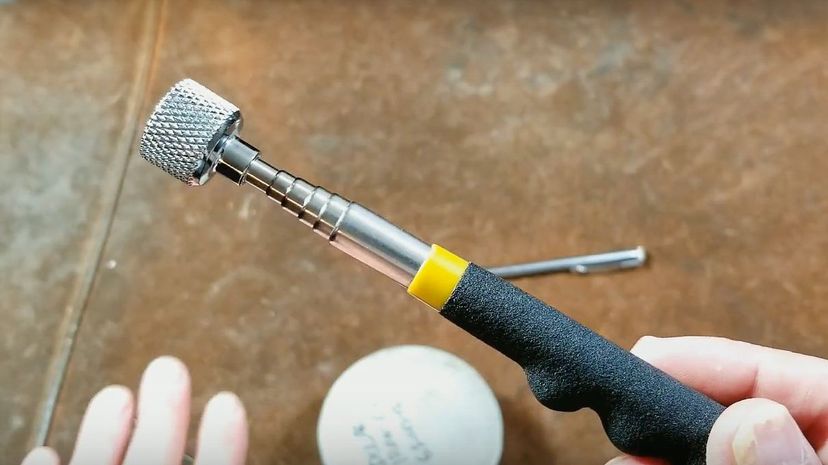
This simple tool has saved a ton of aggravation in shops all over the world. It's a small magnet on a thin, extendable stick so you can reach into even the smallest areas to pick up dropped pieces of metal.
Advertisement

A vise, or vice if you're in the UK, is pretty essential for holding anything you need to do some serious, high-pressure work on, like grinding or cutting metal. Bench vises have been around in shops for ages, and parallel vises date back to the 1700s.
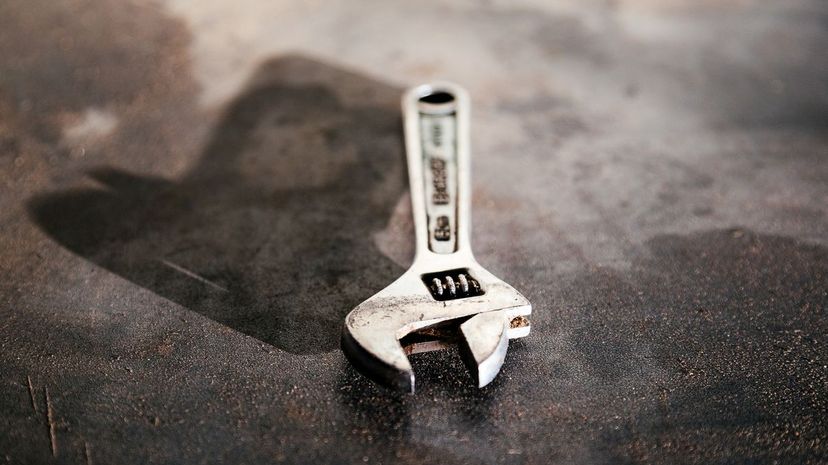
A wrench is a very basic but essential tool in any shop. It's also super old, with examples dating back to the 15th century. Once upon a time they actually used wrenches to get knights in and out of their armor.

As the name suggests, a brake bleeder kit is what you need when you need to bleed the brakes. That essentially involves using a tool to force all the old brake fluid out as new fluid is pumped in, ideally with no bubbles to ensure smooth braking.
Advertisement
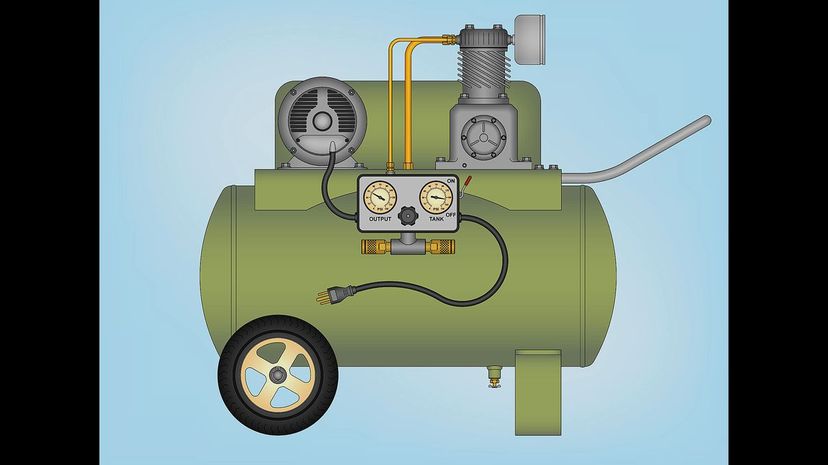
An air compressor should be found in any shop since so many tools are pneumatic in a shop, which allows you to swap them in and out with an attachment on the compressor. Likely the most common of these in an auto shop is an impact gun.
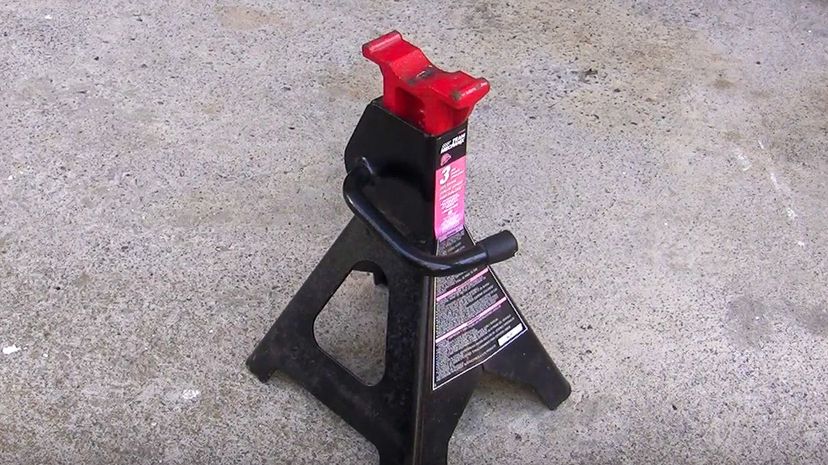
A jack can lift the car for you, but it's very unsafe to leave it there. Jack stands get forced in under the car to hold it safely and securely. Sunex 1410 jack stands can hold a total weight of 10 tons so you can be confident of not getting crushed.